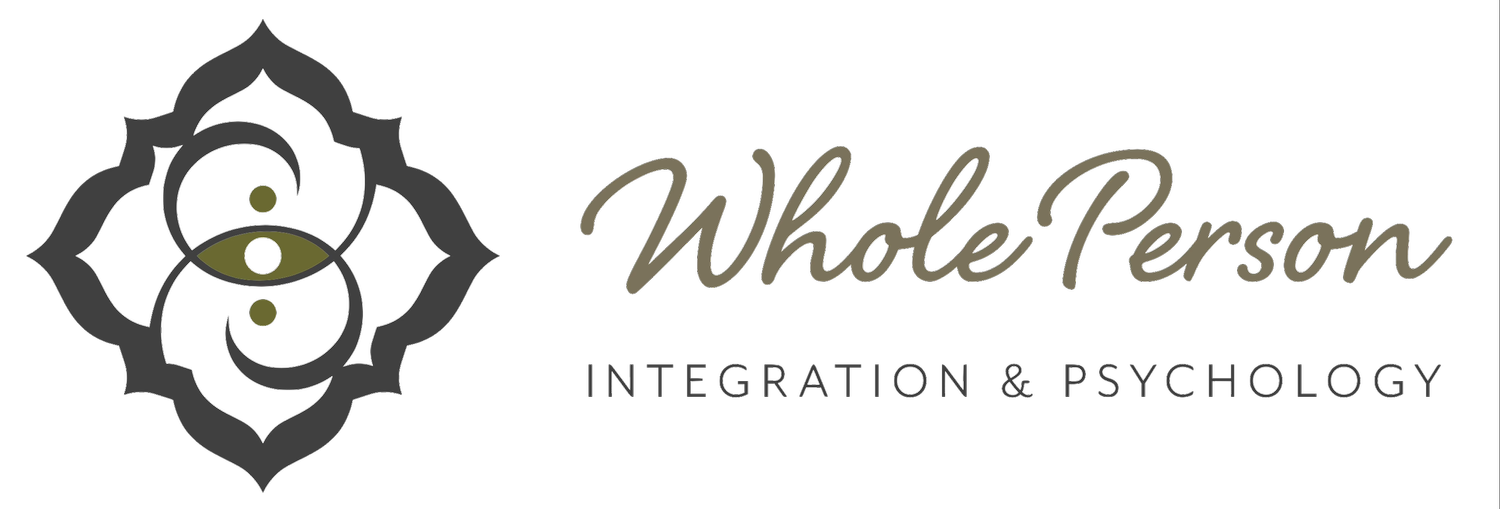The Delicate Nature of Relationships
Dr. Denise Renye
“I couldn’t figure out how to hold something and set it free at the same time.”
— Andrea Gibson
Relationships are a paradox of longing and letting go, of closeness and space. We crave connection, yet we need autonomy. We want to hold someone tightly enough to feel secure, yet gently enough that they (or you!) don’t feel trapped. This delicate balance is at the heart of every meaningful relationship—romantic, platonic, and familial alike.
The Tension Between Holding and Releasing
Love asks us to do what often feels impossible: to cherish without clinging, to offer devotion without possession, and to trust without guarantees. Many of us have been conditioned to believe that love is proven through intensity, through enmeshment, through an unspoken promise that neither person will ever change or drift apart. But real love—the kind that sustains rather than suffocates—requires spaciousness.
Holding and setting free at the same time means honoring the fluidity of relationships. It means recognizing that people grow, circumstances shift, and love, in its truest form, is not about control. It is about witnessing, supporting, and allowing—without demand, without fear-based attachment.
The Fear of Losing What We Love
One of the greatest challenges in relationships is accepting that nothing is static. We want the security of permanence, but intimacy is built in the present moment, not in the promise of forever. Clinging too tightly—whether to a person, an identity, or an idea of how love “should” be—can create resistance rather than closeness.
The fear of loss often drives us to grip love in ways that suffocate it. We may unconsciously demand reassurance, seek control, or mistake attachment for connection. But true intimacy flourishes in an environment where both people feel free to be fully themselves—where they are loved for who they are, not who we need them to be.
Love as an Open Palm
There’s a well-known metaphor about love being like holding a butterfly in your hands: if you grip too tightly, you crush the wings; if you hold it gently, it may choose to stay. Love is not about trapping someone into commitment; it is about creating a space where they feel safe, seen, and free.
This means allowing others to grow in directions we may not have expected. It means respecting their autonomy, even when it scares us. It means trusting that love, when it is real and mutual, does not require force—it simply is.
Navigating the Paradox
So how do we learn to both hold and release? It starts with deep self-awareness. We must examine our own fears, our attachment patterns, and the ways in which we seek to control love rather than experience it. We must also cultivate trust—both in ourselves and in the people we care about.
This balance isn’t always easy. Sometimes, it means letting go of expectations. Sometimes, it means allowing space for silence, uncertainty, or distance. And sometimes, it means acknowledging when love is no longer aligned and releasing it with grace.
The most fulfilling relationships are not the ones where we lose ourselves, but the ones where we are found—fully, freely, and without constraint. The delicate nature of love is that it cannot be owned, only experienced. And in learning how to hold and set free at the same time, we may discover the deepest, most enduring connections of all.
If you’re ready to explore relationships with more depth, clarity, and freedom, I’d love to support you on your journey. Reach out to see how we can work together to create the kind of connection that honors both intimacy and individuality.


